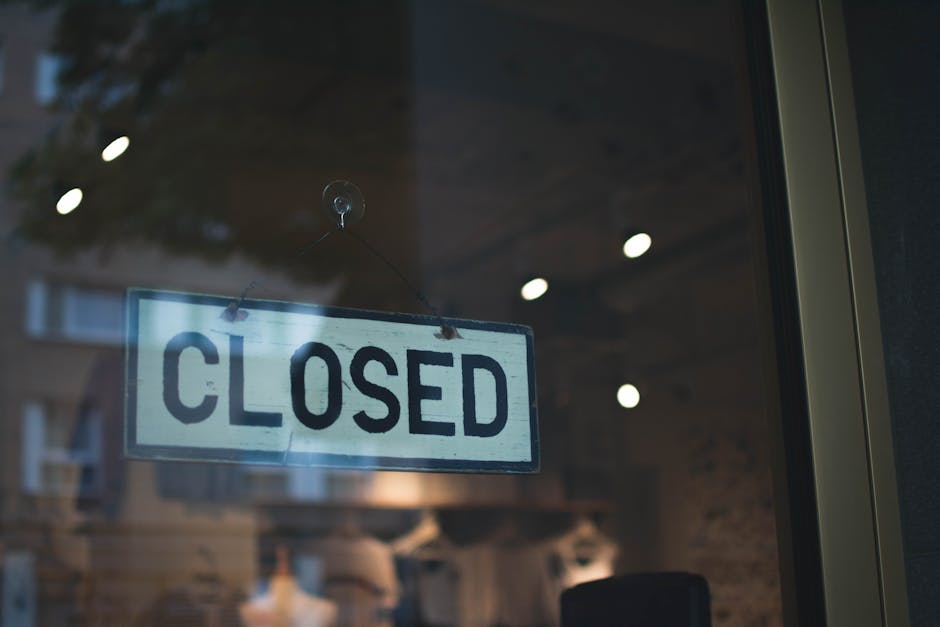If you manage a business, you know how quickly stories can spread especially about closures. Is Hamrick’s going out of business? It’s a fair question after you hear about a few store closings or see a clearance sign in the window. Here, we focus on facts, using real data and direct communications to break down Hamrick’s current business status, the reasons behind store closures, and what that means for customers and operators alike.
Hamrick’s at a Glance: Still in Business, but Adapting
Hamrick’s is not going out of business as of 2025. Headlines may highlight the closure of some locations, but the core company remains strong. The retailer continues to run both physical stores and a robust online platform. Many locations are open across several southeastern states, serving both long-time and new customers.
Key takeaway: Don’t mistake a handful of closures for the end of the chain. Like smart operators everywhere, Hamrick’s is making targeted adjustments, not an exit.
Hamrick’s History
Understanding Hamrick’s current status works better when you look at their background. Founded in 1945, Hamrick’s began as a family-owned, single-location store. Over decades, they grew steadily, expanding throughout the Southeast. Unlike national chains that sometimes lose their local touch, Hamrick’s has kept family values at its core.
Tip: Longevity in retail rarely happens by accident. Look for leadership’s willingness to adapt and hold onto core customers.
Another way Hamrick’s stands out is their direct approach to challenges. Changes in the market do not scare off long-standing operators; instead, they motivate careful decisions. For example, Hamrick’s leadership team reviews each store’s financials monthly and stays close to customer trends. That’s smart practice for any business review performance regularly, and embrace what works.
Store Operations: What’s Open and Thriving
As of 2025, Hamrick’s continues to operate numerous physical stores in North Carolina, South Carolina, Georgia, Tennessee, and Virginia. You can check their website for current locations and hours. Regulars still find deals on clothing, home goods, and seasonal items a big draw for their core customer base.
Is every store as profitable as it was in years past? Not quite, and this is normal in retail. The difference is that Hamrick’s moves proactively when a location consistently underperforms. Instead of spreading thin, they invest in their healthier stores and prioritize customer service.
For example, the Myrtle Beach Hamrick’s store continues to receive positive feedback from shoppers. Reviews from July 2024 mention clean aisles, attentive staff, and new stock updates hardly signs of a failing business. This type of evidence beats rumor every time.
Online Platform: Customer-Focused and Growing
Physical stores remain central to the Hamrick’s experience, but don’t overlook their e-commerce growth. Hamrick’s online store runs 24/7, giving customers across the region more flexible shopping options. This is a strong move limiting your sales channels limits growth.
Review regularly: How strong is your digital presence? If sales dip in-store, digital can fill the gap. Hamrick’s leadership has invested in site usability, product variety, and digital rewards. Focus on these pillars if your business model leans on both in-person and online service.
A loyalty program cements the relationship with repeat customers. At Hamrick’s, the “Preferred Customer” program offers exclusive discounts, early sale access, and bonus events. Simple incentives like this help keep purchases coming, especially during slower seasons.
Did you know? An effective rewards program often boosts repeat customer purchases by 5-10% per year. For small operators, start with something simple track repeat buyers, thank them directly, and offer small perks.
Why Some Hamrick’s Stores Closed
No retailer large or small escapes shifting buyer behavior and industry pressures. Over recent years, Hamrick’s has shut down some individual stores, a decision driven by changing customer habits and rising e-commerce competition.
This does not mean failure. It’s the result of prudent management reviewing cost-per-location, local foot traffic trends, and sales per square foot. Balance nostalgia with real data; keeping an unprofitable location open only drains resources from stores that are thriving.
Focus on the customers you already have before chasing new ones. Hamrick’s illustrates this with their consolidation strategy. Instead of expanding into weaker markets, they doubled down on regions where brand loyalty stays strong and demand for value remains steady. Closing locations looks harsh but often protects long-term stability.
Key takeaway: Monitor store performance closely, be ready to act, and remember exiting underperforming markets can strengthen the business overall.
For those running smaller businesses, learn from this approach. Review each product line and sales channel quarterly. If something consistently loses money, make changes sooner rather than later.
Future Business Plans
Strong businesses adapt and plan not just for next quarter, but for years ahead. Hamrick’s official communications reflect this style. Their public updates emphasize ongoing service, customer commitment, and continued investment in new retail technology and inventory.
For example, the company regularly updates its product offerings to match customer needs adding comfort-focused apparel and value home goods. They also seek efficiency in logistics and supply chain processes, finding ways to serve stores better without raising prices sharply.
If you want to see how other regional brands balance tradition with necessary change, check resources like Mega Business Journal for real-world case studies and actionable tips.
Does Hamrick’s expect smooth waters every year? Hardly. Their own executives have warned about potential headwinds, such as inflation, competition from national chains, and unpredictable consumer moods. Yet their family-run model allows for quicker pivots. Decisions happen locally, not from a distant boardroom.
Tip: As you scale, keep decision-makers close to customers. This speeds up response time and builds community trust.
Addressing Customer Concerns: Communication and Transparency
When rumors of business closures spread, customers naturally worry about rewards points, returns, and gift cards. Hamrick’s tackles this head-on with direct updates on their website and in-store signage. If a specific store is scheduled to close, shoppers receive plenty of notice often with sales and transfer options for outstanding credits.
For small operators, transparency is key. If you’re modifying hours or services, say so early and clearly. Update both online and in-store messaging, and be ready for questions. This earns goodwill and can turn a tough situation into a trust-building opportunity.
Hamrick’s also posts frequently on social channels, providing store-by-store updates, sale previews, and community support initiatives. For example, their spring donation drive for local food shelters both builds local loyalty and reminds customers of their deeper community focus.
Staying Strong in a Changing Retail World
The retail sector demands tough choices. Those who survive aren’t just lucky they’re persistent, disciplined, and data-driven. Hamrick’s uses these classic strengths to adapt, investing in profitable locations and trimming away what no longer fits.
Balance tradition with flexibility. Hamrick’s keeps legacy high in their branding, but they sharpen their retail mix every year. Whether through new online sales strategies or rethinking physical store layouts, their willingness to change keeps doors open.
Review regularly: Analyze your monthly customer patterns and inventory turnover. Have a three-step plan for declining locations: boost, reformat, or when necessary shut down to refocus.
If customers ask, “Is Hamrick’s going out of business?”, explain simply: The company is staying the course but adapting to new market realities. Well-managed closures enable survival, not shutdown.
Conclusion
Hamrick’s is not shutting down entirely, even if some stores have closed in recent years. Their family-led model and measured approach to change set them apart from retailers who ignore warning signs until it’s too late.
Their focus on profitable stores, customer rewards, and honest communication equips them for retail’s next chapter. Smart business leaders can take inspiration here: review performance often, adjust quickly, and put customer needs first.
Key takeaway: Survival is less about size and more about discipline and flexibility. Whether running a chain or a local shop, invest in what works, stay close to your customer base, and communicate openly. Hamrick’s success story is still being written one store, one sale, and one happy shopper at a time.


